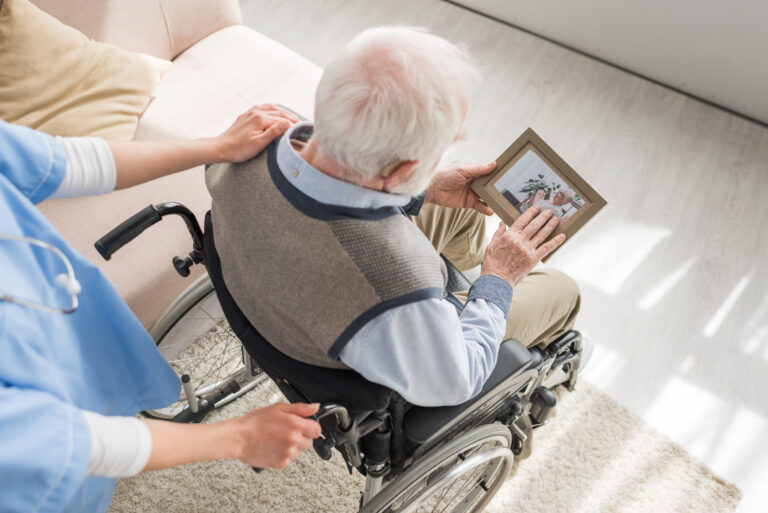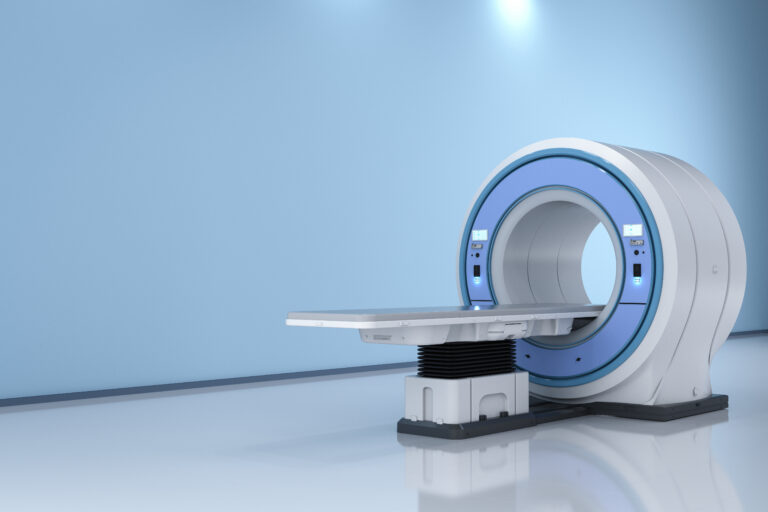Neurofeedback therapy is generally considered safe for Alzheimer’s patients and shows promise as a noninvasive method to support cognitive function and brain health. Neurofeedback involves training the brain to regulate its own activity by providing real-time feedback on brainwave patterns, often through EEG (electroencephalography). This technique aims to improve brain function by encouraging desirable brainwave activity and reducing maladaptive patterns.
In the context of Alzheimer’s disease, neurofeedback is often combined with other approaches such as photobiomodulation, which uses light therapy to enhance mitochondrial function and reduce inflammation in brain cells. Research indicates that this combination can improve cognition and may slow neurodegeneration in Alzheimer’s and Parkinson’s diseases without significant risks or side effects. According to a review by Berman and Nichols (2019), photobiomodulation combined with neurofeedback is a safe, noninvasive treatment that shows promise in improving mitochondrial function, reducing inflammation, and enhancing cognition in Alzheimer’s patients[1].
Neurofeedback has been extensively studied for various neurological and psychiatric conditions, including cognitive decline and mild cognitive impairment (MCI), which often precedes Alzheimer’s dementia. MCI is characterized by increased slow wave brain activity, which correlates with declines in memory, attention, and executive function. Neurofeedback training aims to reduce this slow wave activity and promote faster, more efficient brainwaves. Studies have shown that neurofeedback can successfully prevent or reverse cognitive slowing associated with aging and MCI, with improvements persisting for at least a year after treatment[3]. This suggests that neurofeedback may help maintain or improve cognitive function in early stages of Alzheimer’s disease.
The safety profile of neurofeedback is favorable because it is noninvasive and does not involve drugs or surgery. It uses operant conditioning principles, rewarding the brain for producing healthier patterns of activity. Side effects are rare and typically mild, such as temporary fatigue or headache. Unlike pharmacological treatments, neurofeedback does not carry risks of systemic toxicity or drug interactions, making it a suitable adjunct or alternative therapy for elderly patients who often have multiple medical conditions.
While neurofeedback is promising, it is important to note that it is not a cure for Alzheimer’s disease. It is best viewed as a supportive therapy that may improve quality of life, cognitive function, and brain resilience. More large-scale, controlled clinical trials are needed to firmly establish its efficacy and optimal protocols specifically for Alzheimer’s patients. However, current evidence supports its safety and potential benefits, especially when integrated with other therapeutic modalities.
Other noninvasive brain stimulation techniques, such as transcranial direct current stimulation (tDCS), have also shown cognitive benefits in related conditions like ADHD and mild cognitive impairment, suggesting that modulating brain activity can be a viable strategy for cognitive enhancement[2]. Neurofeedback shares a similar principle of brain modulation but uses real-time feedback rather than direct electrical stimulation.
In summary, neurofeedback therapy is a safe, noninvasive approach that can help Alzheimer’s patients by improving brainwave regulation, reducing cognitive decline, and enhancing brain function. It is supported by research showing benefits in mild cognitive impairment and neurodegenerative conditions when combined with other treatments like photobiomodulation. Its safety and minimal side effects make it an attractive option for elderly patients, although it should be used as part of a comprehensive treatment plan under professional guidance.
Sources:
[1] Berman MH, Nichols TW (2019), Treatment of Neurodegeneration: Integrating Photobiomodulation and Neurofeedback in Alzheimer’s Dementia and Parkinson’s: A Review
[2] PMC Article on Non-invasive Brain Stimulation for Cognitive Function
[3] AchieveWell.net, Mild Cognitive Impairment and Neurofeedback





